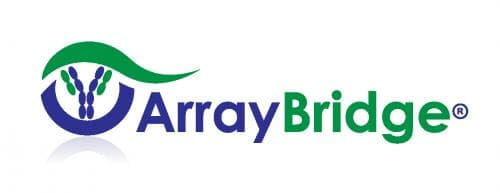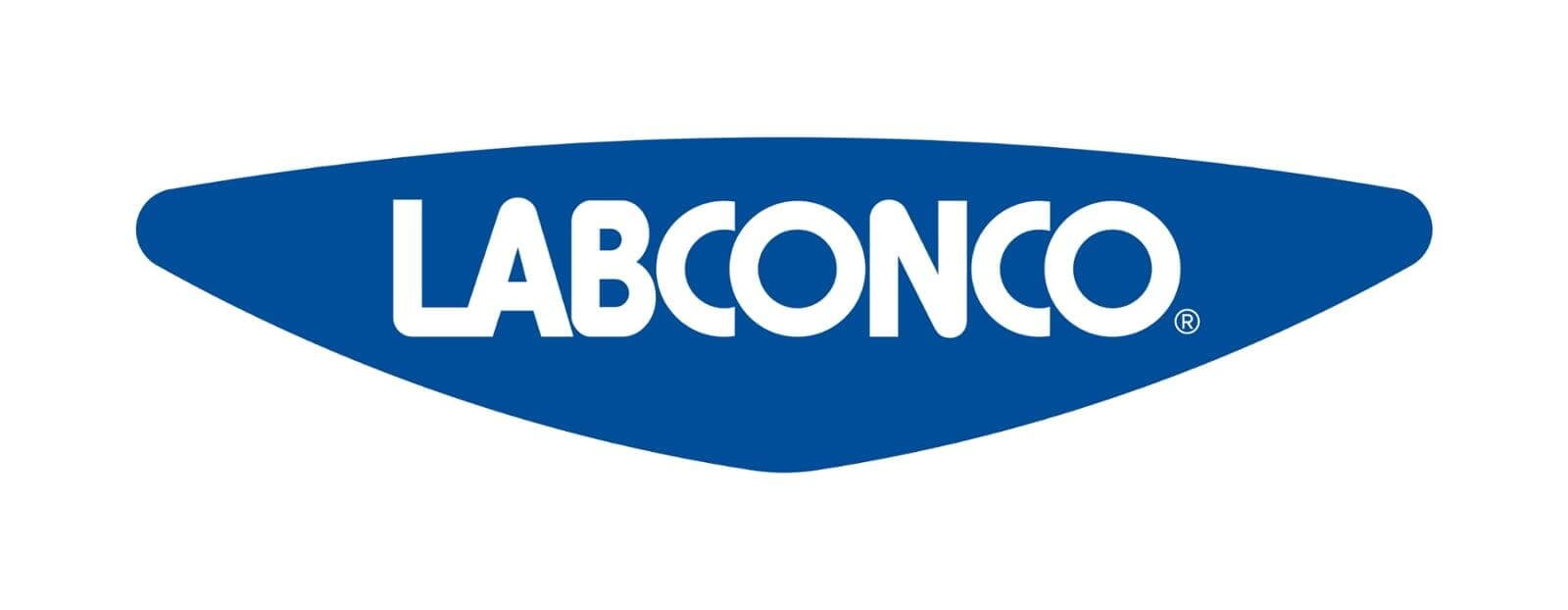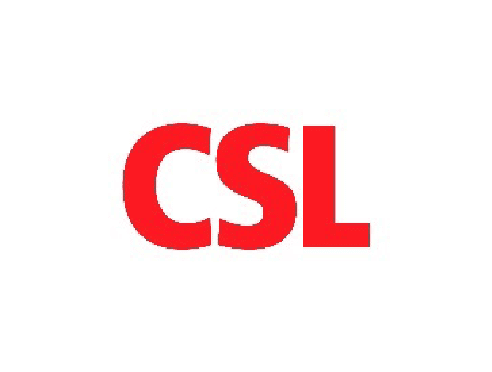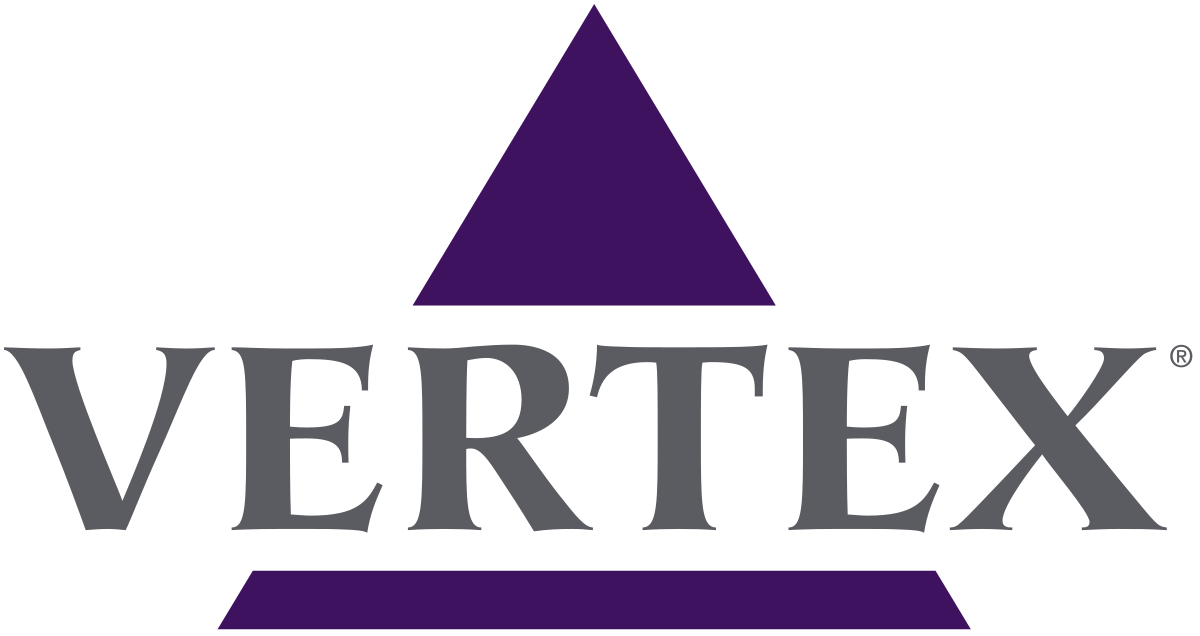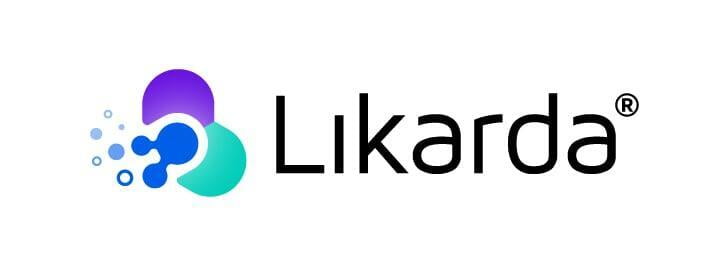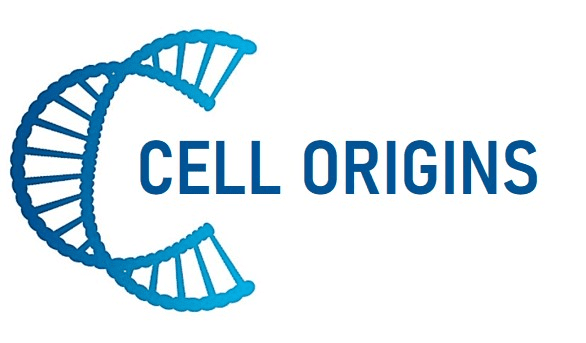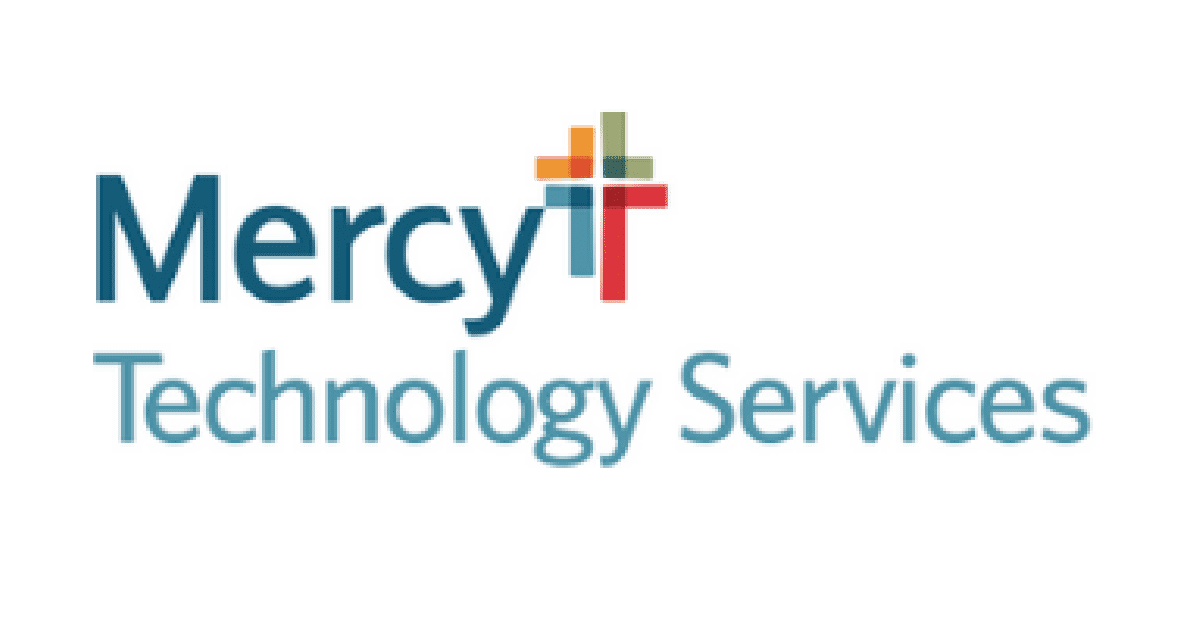MOBIO Member Highlight


CIC St. Louis Completes Multi-Million Dollar Renovation to Shared and Private Lab Space in Cortex
In conjunction with the 10-year anniversary of CIC St. Louis, the completed upgrades to shared and private lab spaces will breathe new life into the region’s innovation ecosystem
CIC St. Louis today announced the opening of its newly renovated laboratories as part of a joint investment with Cortex – CIC’s long-term partner in St. Louis – marking a significant step forward in growing the region’s life science industry. The $2 million renovation project, which kicked off earlier this year, was specifically designed to help scientists develop solutions for some of the most significant global challenges as St. Louis emerges as a preeminent hub of biosciences and agriculture technology activity, ready to support startups, scale-ups, researchers, and innovators.
The revamped lab space features six private labs with capacity for teams ranging from one to 44 members, as well as a shared lab space with six benches for individuals and smaller teams. Alongside the building and facilities improvements, CIC expanded its sponsorship agreement with Thermo Fisher Scientific to bring new state-of-the-art equipment, training and services to the new lab space. This agreement also gives the CIC community access to Thermo Fisher’s Life Sciences portfolio and application support training.
Additional lab sponsors include Eppendorf, which will provide CIC St. Louis with equipment and service discounts for community members. Eppendorf will provide clients with individualized support via regular office hours and events for CIC’s life science community.
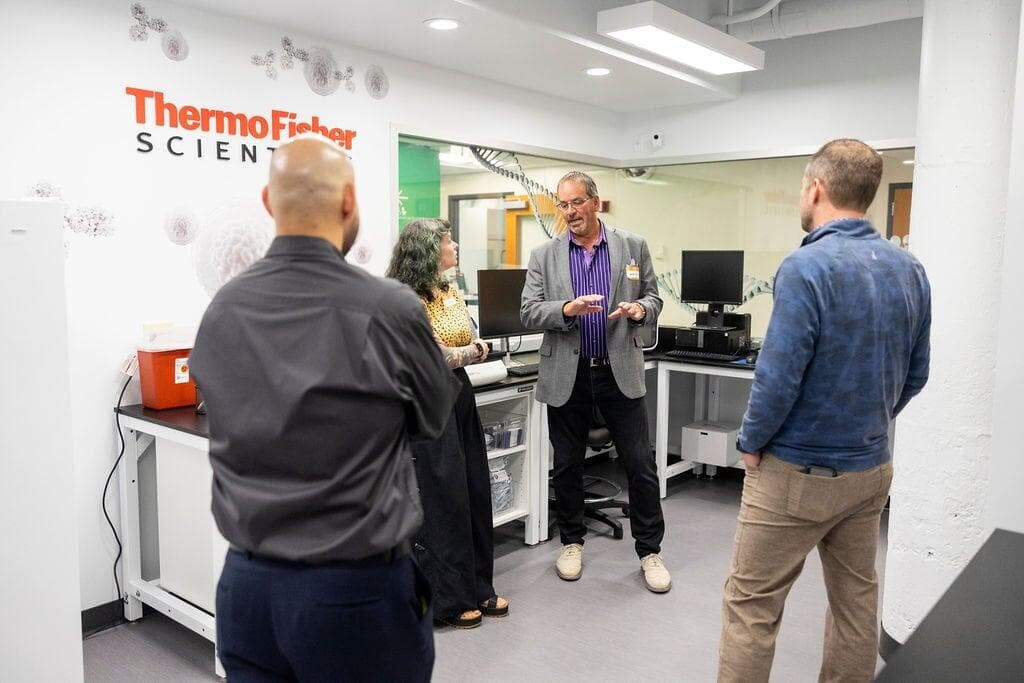
“With the renovations now complete, and with the support of our partners Cortex and Thermo Fisher Scientific, our CIC Labs & Innovation Campus is truly a premier destination for emerging life science ventures in St. Louis,” said John Land, CIC St. Louis General Manager. “Over the past 10 years, it has been inspiring to be a part of the St. Louis innovation ecosystem and biotech scene, and we are excited to attract even more of the brightest minds to be a part of this dynamic community.”
This newly renovated space – located in CIC’s S. Sarah Street facility in the Cortex Innovation District – re-opens as CIC St. Louis celebrates its 10th anniversary. The vibrant CIC community in St. Louis is home to more than 200 clients and features 160,000 square feet of workspace, labs and event space, as well as dynamic programming. The renovations also serve as an example of CIC’s long-standing commitment to provide startups, scale-ups, corporations and public entities the best possible environment and programming to tackle society’s biggest local and global challenges.
“We’re proud to continue our partnership with CIC to provide the best environment possible for world-changing research and ideas to come to fruition,” said Sam Fiorello, Cortex’s President & CEO. “Homegrown startups and newly recruited companies alike will benefit from these new renovations that equip scientists, spanning discovery to commercialization, with essential tools to propel their life science research forward.”
“Thermo Fisher’s agreement with CIC in St. Louis demonstrates our dedication to providing scientists worldwide with the resources they need to push the boundaries of life sciences research,” stated Kim Baltier, vice president of global commercial operations, biosciences at Thermo Fisher. “As St. Louis solidifies its role as a leader in biosciences and an emerging innovation hub, our team at Thermo Fisher is committed to empowering entrepreneurs and startups to accelerate scientific progress.”
“Eppendorf is thrilled to extend our collaboration with CIC St. Louis, providing innovators with the essential tools and support needed to advance breakthroughs in life science research,” says Dennis Barger, President of Eppendorf Americas. “We look forward to working alongside CIC, empowering research and fostering an environment where pioneering ideas can thrive and make a global impact. This aligns well with Eppendorf’s mission to improve the human condition.”
To learn more about CIC St. Louis’ labs, offices, events and programs, visit our website.
About CIC
CIC builds and operates a global network of innovation campuses where startups, scale-ups, corporations and public entities connect, work, and grow. Founded in 1999, CIC manages more than 1.5 million square feet of innovation-focused workspace, laboratories, and event space across North America, Europe and Asia. Additionally, CIC develops bespoke programming, builds and enables industry clusters, and provides world-class district consulting—all focused on advancing innovation.
Learn more about CIC’s innovation campuses featuring workspace & labs, programming, and events at CIC.com. Follow along on LinkedIn, Instagram, and Facebook.
About Cortex
Cortex creates space for innovators from a diversity of backgrounds to transform ideas into solutions. Weaving together people, places, and organizations, Cortex accelerates inclusive economic growth in the St. Louis region. Cortex creates equitable economic impacts by leveraging high-quality facilities, developing programs that build knowledge and networks, and convening strategic partnerships that attract and support emerging and established companies. Founded in 2002 through a collaboration of Washington University in St. Louis, BJC HealthCare, the University of Missouri – St. Louis, Saint Louis University, and the Missouri Botanical Garden, Cortex (CortexSTL.org) is a 200-acre, internationally recognized hub of innovation and entrepreneurship.

